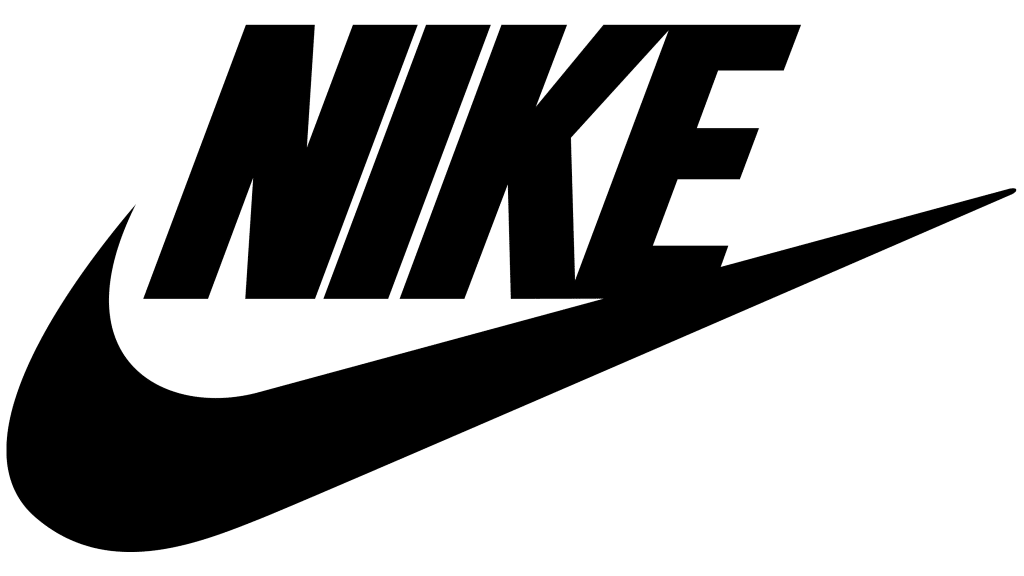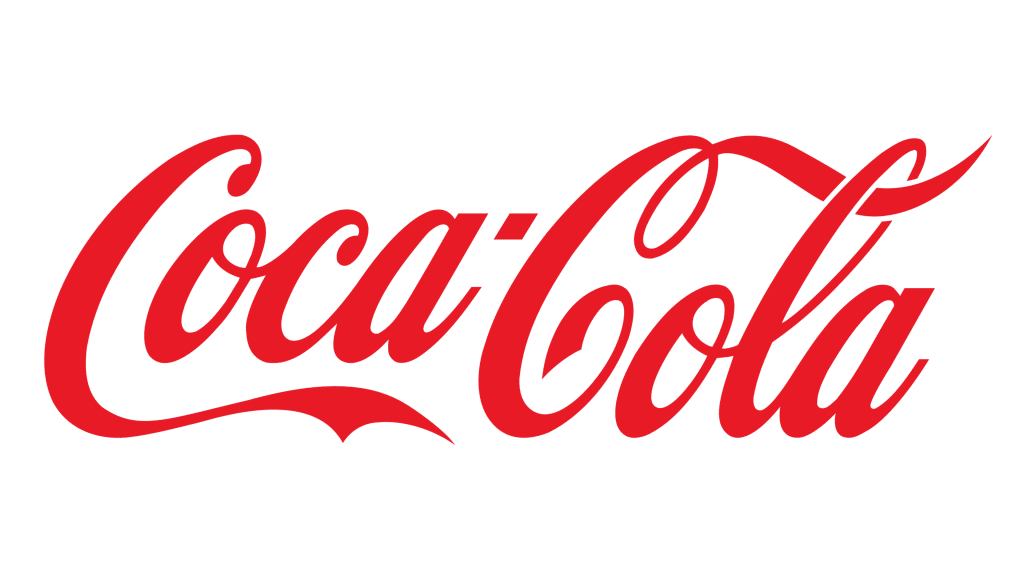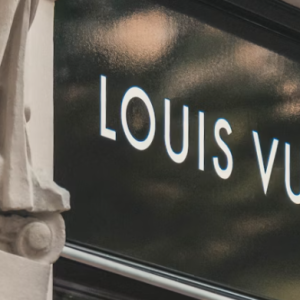Brand positioning isn’t about tooting your own horn. It’s about a company finding a place in the market and developing a good slogan or tagline. Brand positioning focuses on just that- positioning your brand to help it stand out in a sea of similar businesses. It’s about getting people excited about your business and products.
Brand positioning is all about engaging with your customers.
The company that makes itself unique in the eyes of its patrons does so with a flair and style that resonates with them. Every business wants to be remembered and admired.
Brand positioning is about the fulfillment of that desire.
When brand positioning is successful, a company not only boosts sales, but it also develops a personality that makes it memorable. People think and say the company’s name when a product is mentioned. They distinctively recall the company and can’t wait to do business with it again and again.
In this article, we’ll cover the following:
15 Examples Of Good Brand Positioning & Why They Work 1
15 Examples Of Good Brand Positioning
What is Brand Positioning?
Branding is one of the most important elements of running a business. A company’s brand is its calling card. It evokes certain thoughts, emotions, and judgments whenever someone hears the name. It’s more than just a logo or slogan. However, both those elements contribute to branding and reinforce its strengths and foundation. A brand is a total of how a company presents and markets itself. It’s the result of the company’s behavior and reflects its intent and how it exercises that intent.
Brand positioning is how a company sets itself apart. It’s about getting customers to notice and connect with your unique brand. It reflects your company’s values and character. You can enhance your brand positioning by establishing a certain tone and point of view throughout your messaging.
The way a company presents itself is unique. No matter how crowded the field is, every company has its way of operating and displaying its business. How the company presents itself affects how consumers and other businesses interact with it. Brand positioning is how people feel when they have the company in mind.
Now that you have a better understanding of how it works, let’s look at 15 examples of good brand positioning.
15 Examples Of Good Brand Positioning
Here are some companies that do an extraordinary job of positioning their brand. Some of their methods are similar, while others are very different, but all their methods are effective. Each business has established a memorable brand that’s one of a kind.
1. Amazon
This company’s brand position gets top marks, with a market cap of number one, thanks to its brand positioning. The company’s very name is synonymous with profit and success. Amazon is known for its top-tier customer service, efficient delivery pipeline, and extraordinary online marketing and sales.
The company began by establishing a reputation in the niche market of book sales, then systematically built upon that foundation to become known as the indispensable “everything” store. Part of Amazon’s brand positioning derives from a reputation for having competitive prices on a nearly limitless variety of products. The company backs that marketing effort with customer service that works to fulfill a promise of providing the best value.
2. Tesla
Tesla began with the daunting task of differentiating itself in the competitive world of luxury car sales. The company focused on the idea of quality and capability, pushing a connection to innovation and future-proofing by touting its product lines of electric vehicles as sustainable and eco-friendly.
The company successfully maintains this position despite its product being more expensive than its competitors. Tesla manages this contradictory feat by telling a tale of inspiration and discovery. The character of Tesla’s CEO, Elon Musk, is a substantial part of their marketing strategy. His brash, engaging persona is tied to the idea of Tesla vehicles being fun while still being pragmatic and responsible. Customers feel they’re on a ride into the future, carried by a wave of innovation and new technology in an electric car built to outperform its competitors.
3. Apple
Apple’s late founder Steve Jobs is known for saying he didn’t simply want to sell people something they wanted but to present them with the thing they hadn’t realized they needed. This attitude led Apple to build innovative computers and mobile devices that stay on the cutting edge of cellular delivery. Apple is a brand everyone knows and remains consistently associated with high-end performance.
People expect Apple products to be the best. The iPhone alone is considered the cream of the mobile industry crop. Apple maintains uniformity and quality control of its products worldwide. They match this global consistency with a regionally specific customer service that caters to their client’s particular needs. These aspects, together with great marketing and always staying current with the latest trends, make Apple a powerhouse brand.
4. Nike
Performance has always been Nike’s calling card. Nowhere is this more visible than in their brand positioning. The company’s core product of shoes and athletic equipment is known for its innovation and quality. The line-up of Nike representatives and spokespersons is in step with that high-performance manufacturing.
The company snatches up athletes who excel or establish reputations for top-level performance to capitalize on their timely celebrity and fresh face among fans. This company, which invented the waffle shoe and named itself after the Greek goddess of victory, brands itself as an entity that pushes people to do their best. Nike is considered a premium brand with high-end products. They market that luxury price tag as an example of the cost of excellence and greatness, and it works.
5. Geico
Geico’s brand positioning is so successful you might be forgiven for thinking no one else sells affordable car insurance. Unlike many other names on this list, Geico doesn’t present itself as a luxury brand but rather spreads its fame as a purveyor of ubiquitous affordability.
Though it sells other forms of protection, the company’s brand positioning choice was to make its name synonymous with car insurance. More to the point, Geico wants customers to believe it can sell you the cheapest car insurance in the shortest amount of time (‘fifteen minutes). Geico uses witty and quirky ads, combined with one of advertising’s most memorable mascots, to sell the notion that it is “rescuing” you from paying too much for your car insurance because they’re there for “regular” people.
6. McDonald’s
This well-known brand has made itself the undisputed king of fast food. It has also made its name an adjective that affects the descriptive capability of the English language. If you want to say something is affordable (or cheap, if you’re being disparaging), you only have to put the prefix “Mc” in front of it.
Such is the universal power of McDonald’s brand positioning. The company stresses the uniformity and consistency of its product. A McDonald’s hamburger in Nepal is supposed to taste just like New York’s. Despite the uniformity, the company isn’t tone-deaf. They offer specialized products that fit the cultures of many host countries. This attention to detail and focus on consistent quality has given McDonald’s a unique, well-placed brand position.
7. Trader Joe’s
Trader Joe’s has an especially unique look. Its nautical theme resonates as innovative and lighthearted. Customers are permitted to have fun while shopping and the chain presents itself as a local neighborhood grocery store. That persona gives Trader Joe’s its distinct position in the marketplace, particularly its focus on affordability and green practices. No other store is quite like it, and customers find it memorable and reliable.
8. Coca-Cola
Coca-Cola is a pioneer when it comes to product positioning. The company has survived for over 125 years and reaches audiences across the globe. The brand has always focused on showcasing its values of happiness, friendship, joy, and sharing when positioning itself in the market. It has helped to promote engagement in consumers and, in turn, encouraged them to share happy experiences and moments.
It’s another example of a company that leverages celebrities’ recognizability and audience appeal to promote its brand. Coca-Cola pushes the idea of coming together as a community despite our differences.
9. Dove
The Dove brand is well-positioned among its competitors as a relatable, friendly brand. Their campaigns appeal to the natural beauty of women. Focusing mainly on the emotional side of skincare, the brand encourages its audience to identify and relate to its messaging.
The Real Beauty campaign is one example where the company used the concepts of sisterhood and self-worth to promote itself as a caring brand. Women in the campaign were asked to describe themselves to a portrait artist. Then a friend or relative of each woman described them to the artist, and the latter turned out to be much prettier. It showed that how we view ourselves isn’t always how others view us, and we should try to embrace all the things that make us unique and beautiful in our own way. It was a fantastic way to position the brand as one that actually cares about the happiness of its demographic.
10. Southwest Airlines
Southwest airlines promotes itself as a low-cost airline for travel throughout the US. With the slogan “the friendly airline,” Southwest positions itself as a brand trying to connect people to the things that matter the most to them “through friendly, reliable, and low-cost air travel.”
Southwest focuses on being budget-friendly without sacrificing quality or customer care. It emphasizes people — employees and customers — to craft a strong brand that today is well-known for affordable travel that’s still comfortable and dependable.
11. Starbucks
Starbucks’ brand positioning has focused primarily on providing an excellent consumer experience. Even small touches like writing the customer’s name on the cup have become staples of the brand’s friendly presentation. When it started, millions of people posted on social about it, proving its impactful strength.
The brand has worked hard to convey that buying a coffee is pleasant, fast, and fun. Starbucks also used its mobile app to promote convenience for everyday people’s daily routines. Working so hard to create a pleasant ordering experience helps to reinforce and improve Starbucks’ brand positioning.
12. HubSpot
HubSpot brings everything together using award-winning services, support systems, and software. This brand positioning helps engage, attract, and delight customers wherever they are. As a “hub” for marketing, sales, and service, the company provides other businesses with the best tools to help them “Grow Better.”
Their unique positioning as a center for all things business promotion and growth supports not only their message but also showcases the very services they can offer customers. From its name to its logo, HubSpot asserts itself as your one-stop shop for connecting with your target audience.
13. Dollar Shave Club
The name alone demonstrates a primary philosophy of the Dollar Shave Club brand’s value proposition. It’s affordable. Dollar Shave Club chose to focus on affordability and convenience throughout its brand messaging, crafting a solid relationship with average consumers looking for quality that’s within their budget.
If you look at one of their closest competitors, Gillette, you’ll see it’s more expensive and emphasizes a masculine tone. Dollar Shave Club is cheeky and casual and speaks to people regardless of gender. And instead of models in all their ads like other top names in shaving, Dollar Shave Club features normal-looking people of various ages who are relatable and approachable.
Dollar Shave Club has positioned itself as the cheaper, cheekier, and more convenient option that sees its customers as people. And all that work is paying off based on their continued success.
14. Walmart
Everyone knows what Walmart is and what it’s about- lower costs, convenience, and close. The brand has positioned itself as “the store” for the general masses. The one-stop store offers everything from tires to toys to food- all under one roof. The cost-effective and whole-family brand messaging has successfully attracted customers for decades.
Walmart also famously offers consistent sales and “rollbacks” that lend themselves to the idea of a budget-friendly option. The store’s entire lifespan, from conception to brand positioning to continued growth, has revolved around inexpensive options for everyone. That consistency pays off.
15. Airbnb
Airbnb is an online marketplace for listing, finding, and renting homes exclusively for vacations and getaways.
They’ve focused their brand messaging around unique, personal travel experiences. There’s an Airbnb home in almost every country. Still, your experience at each one will be wholly unique and memorable. The personal touches, the hosting home, and local guides who can show you around a city like a friend showcase how they’re so much more than a hotel.
The Airbnb brand positioning is all about showcasing how they offer a unique travel experience you can’t find anywhere else, with local experiences and personal connections you won’t find in other brands. They also spotlight how the people behind your lodging are everyday humans and not a big hotel chain, giving your experience a more personal, neighborly aspect.
Conclusion
Each of these examples has a unique take on its brand positioning. There are some common factors, and with all of them, consistency is incredibly important. Whether they push luxury or affordability, reliable quality control and delivery are crucial facets of any brand message. Branding works hard to show that your product lives up to your brand position’s ethos, which is utterly essential. You’ll also see that it’s not typically about destroying or outpacing the competition. Brand positioning is about connecting with your target audience and delivering a product or service they can feel proud to stand behind.
























